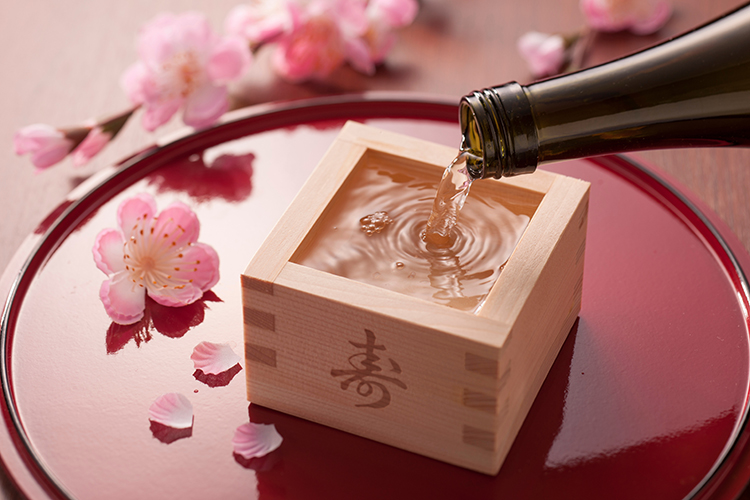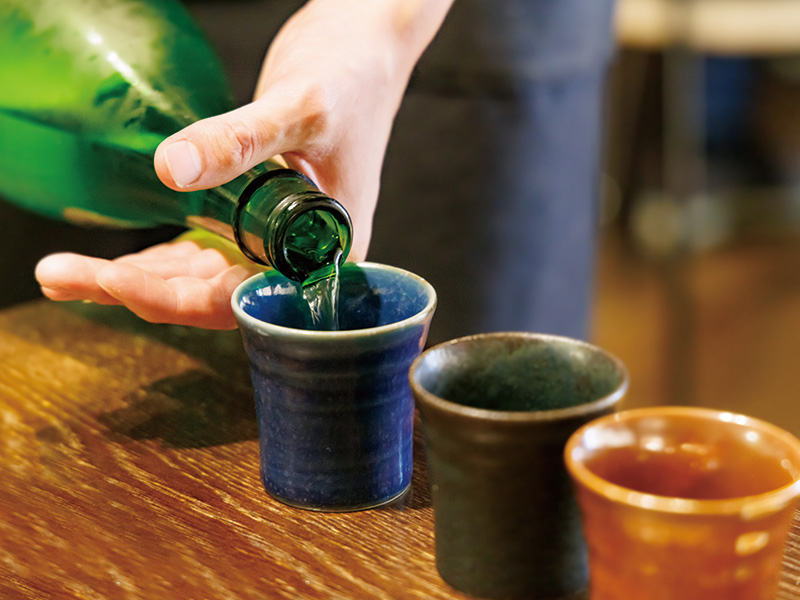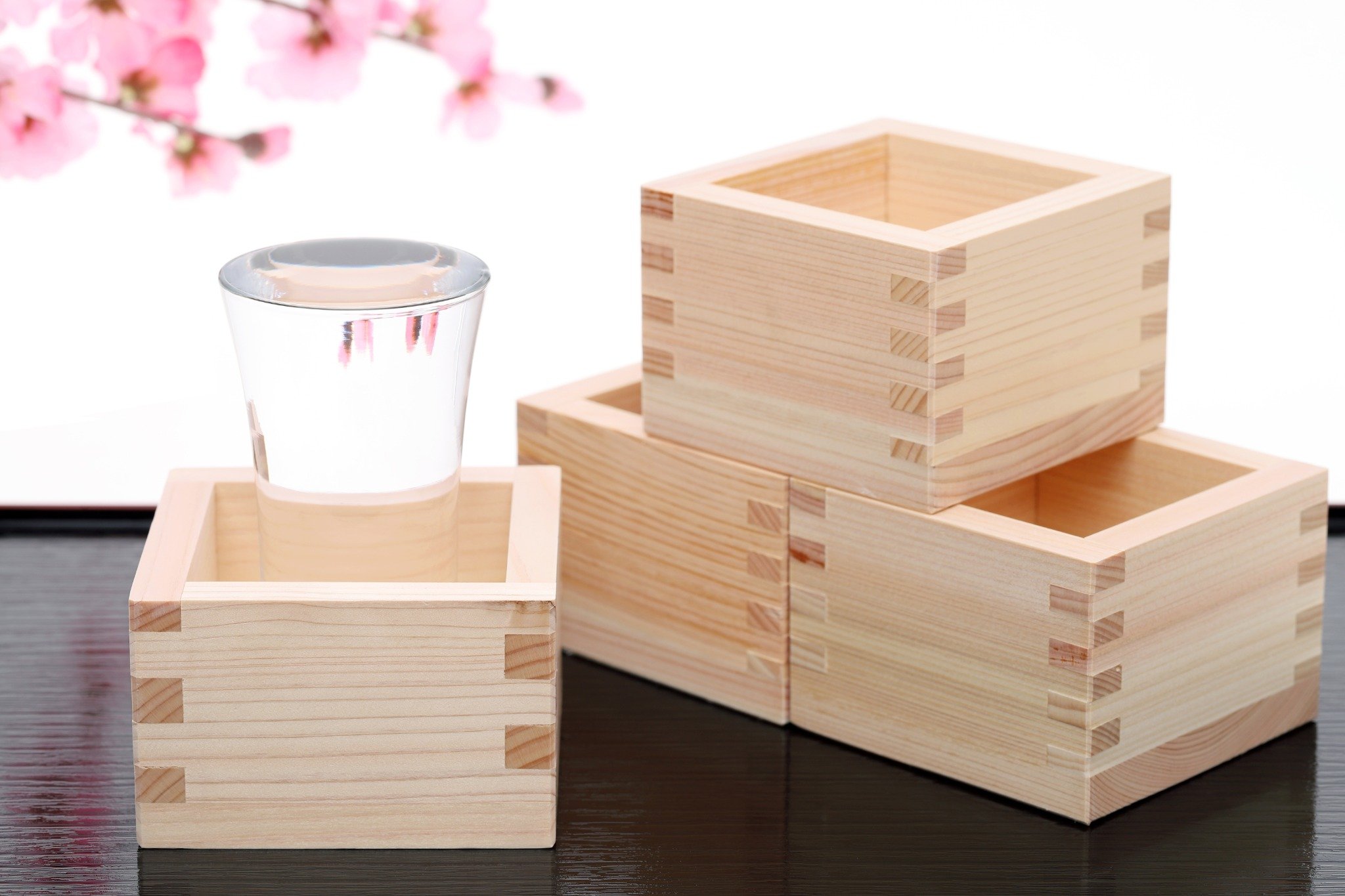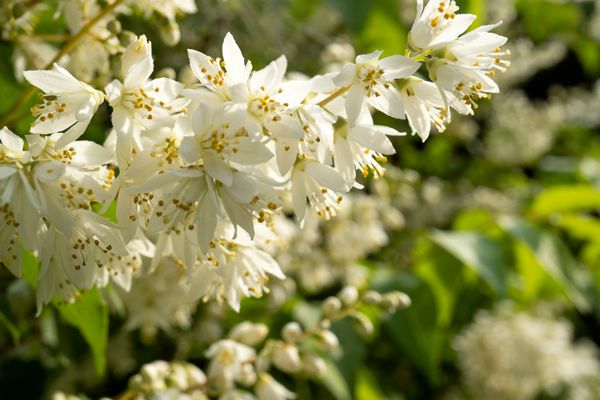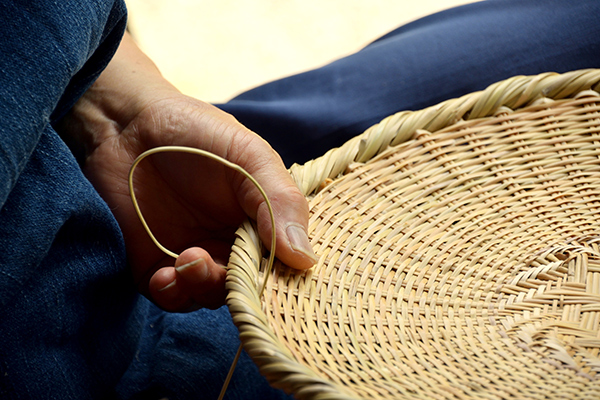The Special Role of Sake
Sake is a beverage deeply rooted in the lives and culture of the Japanese people. It is not merely an alcoholic drink; since ancient times, sake has been treated as an important element that enriches celebrations, prayers, and milestones. This article introduces how sake accompanies Japanese events and daily life, playing a special role.
Sake in Celebrations: A Custom Dating Back to Ancient Times
The Origins of Sake
The use of sake in events dates back to the Nara period (710–794 AD). During this time, rice cultivation spread throughout Japan, and sake made from rice became valued as an offering to the gods. Later, in the Heian period, sake was used at noble banquets and ceremonies, establishing its status as a symbol of celebration.
Sake made from rice was valued as an offering to the gods.
Sake was used at noble banquets and ceremonies during the Heian period.
"San-San-Kudo," performed during weddings, is a traditional ceremony aimed at deepening the bond between the couple. This practice began among the samurai class during the Muromachi period (1336–1573) and remains an important element of modern weddings. The ritual involves exchanging sake in three cups, symbolizing "harmony and prosperity," and celebrates the couple's new beginning.
Exchanging sake (Omi-sake) in three cups
Tokuso is sake infused with medicinal herbs, introduced from China during the Heian period. It has become a custom for families to drink it on New Year's Day to ward off evil spirits and wish for health and good fortune. Drinking Tokuso expresses the hope for a year of safety and the prosperity of the family.
Tokuso
Praying for a year of safety and health
Kagamibiraki at Festivals
Kagamibiraki is a common practice during Japanese festivals and celebrations. This act began in the Edo period, where breaking open a sake barrel and sharing the sake symbolizes unity and prosperity. In modern times, kagamibiraki is also performed at corporate events and sports gatherings, becoming a symbol of success and solidarity.
Breaking open a sake barrel and sharing the sake
Sake of Prayer and Purification: A Sacred Presence
The Role of Sake in Groundbreaking Ceremonies
A groundbreaking ceremony, or "Jichinsai," is a Shinto ritual conducted before building a house or utilizing land. This custom spread during the Heian period, where sake is used to express gratitude to the deities who protect the land. During the ritual, sake is offered before the gods and sprinkled to purify the land. This also signifies seeking permission from the gods to use the land.
Sake offered as a dedication during the groundbreaking ceremony
Used for purification as well
Purification Customs
The reason sake is used in funerals and Shinto rituals is that it is believed to possess the power to "purify impurities." Drinking sake after a funeral is thought to "cleanse impurities," leading to a state of physical and mental purity. Additionally, during rituals and events at shrines, sake is treated as a "sacred substance," symbolically strengthening the connection with the divine.
Used in purification during funerals
Also used in rituals and events at shrines
Sake and Architecture: Rituals to Celebrate Milestones
Sake in the Joto Ceremony
The Joto ceremony is a traditional Japanese event held when the framework of a house is completed. During this ritual, sake is sprinkled from the roof to purify the land and the house, praying for the safety of the construction and the prosperity of the home. This custom began in the Heian period and became common among the general populace during the Edo period. It also conveys gratitude to the craftsmen involved in the construction by offering them sake.
Celebrating New Construction with Sake
There is also a custom of serving sake as a celebration of new construction after a house is completed. This practice not only celebrates the start of a new life but also serves as an opportunity to strengthen bonds with local residents. Choosing local sake, in particular, creates a connection to regional traditions and is cherished by the community.
Joto Ceremony
Celebrating New Construction
The Tradition Woven by Sake
Sake has been cherished in celebrations and prayers from ancient times to the present. Its significance reflects the values of the Japanese people, who emphasize harmony with nature and connections with family and community. By understanding its cultural meaning, sake becomes an even more special presence beyond just a drink.
Feeling the Spirit of Japan through Sake
The next time you enjoy a glass of sake, consider the history and culture embedded in that cup. By recognizing how deeply the Japanese hold sake as a symbol of celebration and prayer, you can enhance your appreciation of its flavors. Why not experience Japan's culture through sake and create a special moment for yourself?


